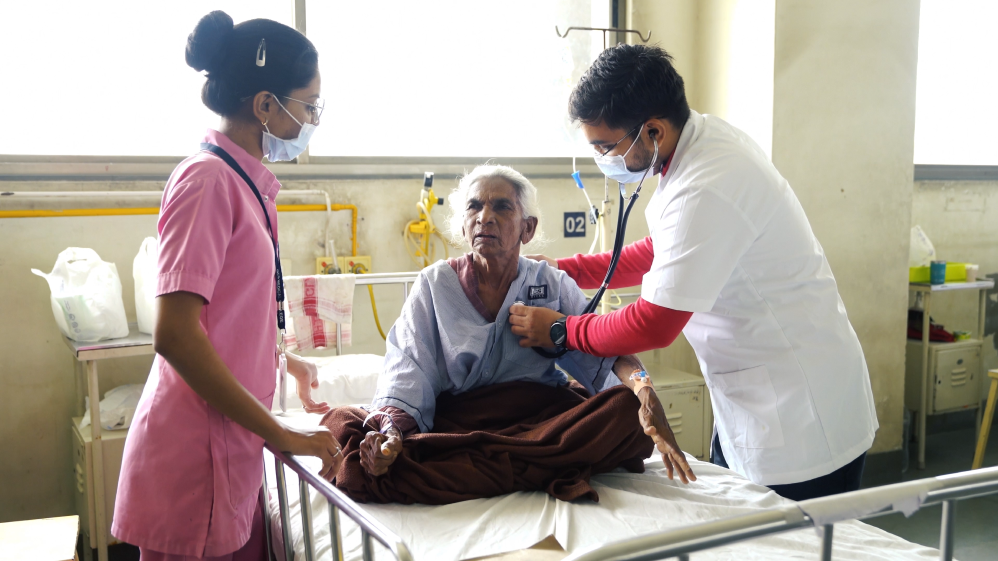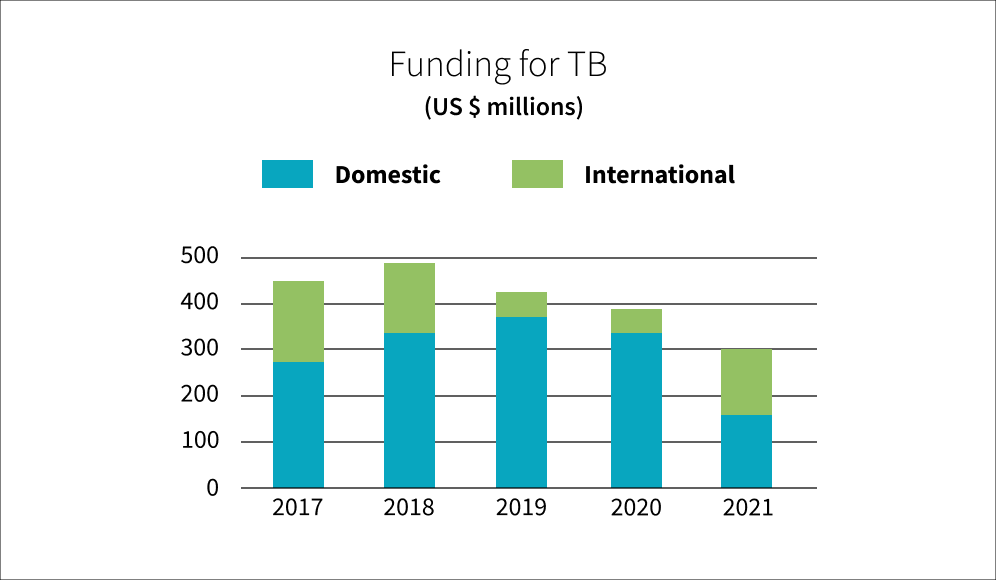
TB in India – by the numbers
India is one of the highest burdened countries in the world by Mycobacterium tuberculosis (tuberculosis, or just TB). But it wasn’t always this way. In fact, it wasn’t until the 1930s that TB was recognized as being widespread throughout India. In less than 100 years, these numbers have skyrocketed. The WHO estimates that India accounts for about a quarter of the global TB burden, with an estimated 2,590,000 incidences in 2021 (the most recent year for which data is available). In total, the WHO believes that over 500,000 deaths occurred due to tuberculosis in India during that year—a staggering 19.5% of the estimated infection rate. Considering the WHO considers elimination of TB to be defined as less than 1 person with TB for a population of 1 million, the 2021 numbers (188 per 100,000 population) highlight how far India remains from its goal of ending TB.
Despite all advances in modern medicine, TB remains a global killer in areas where it is endemic. This is especially true in India, where roughly 40% of the population is believed to be infected by either a latent (asymptomatic) or active form of the bacteria. While the vast majority of these numbers are latent TB, about 10% of latent infections progress to an active state, which—if left untreated—kills roughly half of those infected. TB is highly treatable in its non-drug resistant form, but treatment is only possible in an environment where prompt, rapid diagnostics are available, ideally at the point-of-care and capable of handling multiple sample types.
It may seem counterintuitive, but researchers and public health authorities consider data reflecting rising rates of infections as an improvement; not because more individuals are becoming infected, but because it means diagnostic efforts are bearing fruit, and a diagnosis is the first step towards treatment. Which is why a chart like the following was a cause of great concern (credit: WHO):

The dip in numbers at the beginning of the COVID-19 pandemic was a cause for alarm and the WHO believe these data suggest that the number with undiagnosed—and untreated—TB has grown.
It is believed that this was largely due to funding being redirected away from TB to assist with the pandemic response, which is borne out by the TB funding numbers for India beginning in 2020 (credit: WHO):

It’s clear that much remains to be done. Co-Diagnostics, with our upcoming Co-Dx PCR Home™ platform, a recent grant from the Bill & Melinda Gates Foundation, and infrastructure and manufacturing capacity in India through our joint venture, CoSara, is ideally situated to be able to increase the availability of affordable, gold-standard diagnostics for TB to assist with the response to this pernicious disease.

